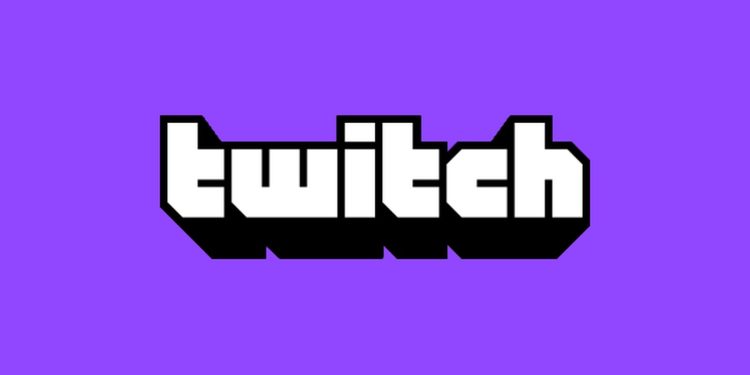Denmark has reached an agreement to introduce a minimum age of 15 for access to certain social media platforms, the government confirmed on November 7. The move follows Australia’s law that will block users under 16 from major social networks starting December 10. The Danish measure covers unspecified social platforms and aims to protect children in the digital environment.
Parents would be able to give explicit consent for their child to access platforms from age 13, the announcement says. Details about which services will be covered and how the rule will be enforced remain unclear at this stage. For the original report on the government agreement see the Danish coverage at DW.
Platforms likely affected – comparison with Australia
Denmark has not listed specific platforms, so Australia’s list provides a rough template for what might be included. Australia’s rules cover major social networks and platforms that host user content and interactions. Examples cited in recent coverage include
- Snapchat
- Threads
- YouTube
- Kick
- Twitch
- Possibly Roblox in some cases
Platforms that double as gaming hubs or that host games could face new verification requirements. Many younger players use in-game and third-party app social features to chat and share clips. Age gates or verification systems may change how developers integrate social tools and how young players connect with friends. Age verification can rely on parental consent, government ID checks, or commercial verification services. Each route has trade offs around privacy, accessibility, and cost. Smaller platforms could struggle with added compliance burdens while larger companies may be quicker to adopt new checks. Denmark’s step follows policy experiments aimed at protecting minors online. Australia is implementing a blanket minimum age for social accounts. Elsewhere, some schools and districts have pursued hardware restrictions that limit social access on school networks. For reporting on those school bans, see the coverage at The New York Times.
For players and parents the short term will be about clarification. Which platforms are included, how parental consent works, and what verification methods are acceptable are the key questions to watch as lawmakers and platforms negotiate implementation.
Comments welcome and follow us on X, Bluesky, and YouTube for more updates.





















